| Usage |
Usage
Ophthalmic nepafenac is provided in the form of a liquid suspension for application in the eyes. Typically, it should be administered three times a day as follows: one day prior to cataract surgery, on the day of the surgery, and for 14 days post-surgery. To ensure proper usage, it's advisable to use nepafenac eye drops at approximately the same times daily. Precisely adhere to the instructions on your prescription label, and if there's any aspect you're uncertain about, consult your doctor or pharmacist for clarification. Utilize nepafenac eye drops strictly as directed by your healthcare provider. Avoid using them in larger or smaller quantities or more frequently than prescribed.
To administer the eye drops, adhere to these steps:
1. Begin by washing your hands meticulously using soap and water.
2. Inspect the dropper tip to ensure it is undamaged and free from cracks or chips.
3. Refrain from touching the dropper tip to your eye or any surface; it is essential to maintain the cleanliness of eye drops and droppers.
4. While tilting your head backward, use your index finger to gently pull down the lower lid of your eye, creating a small pocket.
5. Hold the dropper (with the tip facing downward) in your other hand, as close to the eye as possible without direct contact.
6. Support the remaining fingers of that hand against your face.
7. Look upward and gently squeeze the dropper, allowing a single drop to fall into the pocket created by the lower eyelid. Lift your index finger away from the lower eyelid.
8. Close your eyes for 2 to 3 minutes and tilt your head downward as if gazing at the floor. Try to avoid blinking or squeezing your eyelids.
9. Place a finger on the tear duct area and apply gentle pressure.
10. Use a tissue to wipe away any excess liquid from your face.
11. If you are instructed to use more than one drop in the same eye, wait at least 5 minutes before instilling the next drop.
12. Replace and securely tighten the cap on the dropper bottle. Avoid wiping or rinsing the tip of the dropper.
13. Finish by washing your hands to eliminate any residual medication.
|
| Side Effects |
Side Effects
Nepafenac eye drops may lead to side effects. Should any of these symptoms become severe or fail to dissipate, it is advisable to inform your doctor:
• Headache
• Runny nose
• Pain or pressure in the face
• Nausea
• Vomiting
• Dry, itchy, or sticky eyes
Certain side effects can be more serious. If you experience any of the following symptoms, contact your doctor promptly:
• Red or bloody eyes
• Eye pain
• Sensation of foreign matter in the eye
• Light sensitivity
• Blurred or reduced vision
• Seeing specks or spots
• Teary eyes
• Eye discharge or crusting
Additionally, it's important to note that Nepafenac eye drops may induce other side effects. Reach out to your doctor if you experience any unusual issues while using this medication.
|
| Storage |
Storage
To ensure the safe storage of this medication, please adhere to the following instructions:
• Keep the medication in its original container, securely closed, and out of the reach of children.
• Store it at room temperature, away from excessive heat and moisture, and avoid bathroom storage.
• It's important to dispose of unneeded medications properly to prevent unintentional consumption by pets, children, or others.
• Do not flush this medication down the toilet, as it can harm the environment. Instead, utilize a medicine take-back program for proper disposal.
• You can consult your pharmacist or contact your local garbage/recycling department to inquire about available take-back programs in your area.
• Keep all medications out of the sight and reach of children, as many containers, such as weekly pill organizers or those for eye drops, creams, patches, and inhalers, may not be child-resistant, and young children can easily access them.
• To safeguard young children from accidental ingestion, always secure safety caps and promptly store medications in a secure location that is elevated and out of their reach.
|
| Special Precaution |
Special Precaution
Before using nepafenac eye drops, it's essential to take the following precautions:
• Notify your doctor and pharmacist if you have any allergies to nepafenac, aspirin, other NSAIDs like diclofenac (Voltaren), ibuprofen (Advil, Motrin), naproxen (Aleve, Naprosyn), tolmetin (Tolectin), other medications, or any of the ingredients present in nepafenac eye drops. Your pharmacist can provide you with a list of these ingredients.
• Inform your doctor and pharmacist about all the prescription and nonprescription medications, vitamins, dietary supplements, and herbal products you are currently taking or plan to take. Be sure to mention if you are using anticoagulants (commonly known as 'blood thinners') such as warfarin (Coumadin), aspirin, and other NSAIDs like ibuprofen (Advil, Motrin) and naproxen (Aleve, Naprosyn). Additionally, discuss any corticosteroid eye drops, including dexamethasone (Maxidex), fluorometholone (FML), hydrocortisone (in Cortisporin), loteprednol (Alrex, Lotemax), medrysone (HMS), prednisolone (Pred Mild), and rimexolone (Vexol). Your doctor may need to adjust the dosages of your medications or closely monitor you for potential side effects.
• If you are using another topical eye medication, make sure to instill it at least 5 minutes before or after using nepafenac eye drops.
• Inform your doctor if you have a history of diabetes, rheumatoid arthritis (a condition characterized by joint lining inflammation), dry eye disease, or any eye condition apart from cataracts. Also, disclose any medical conditions that may make you prone to bleeding.
• If you are pregnant, particularly in the final trimester, planning to become pregnant, or breastfeeding, be sure to notify your doctor. If you become pregnant while using Nepafenac eye drops, contact your healthcare provider.
• If you wear contact lenses, remove them before administering nepafenac eye drops.
|

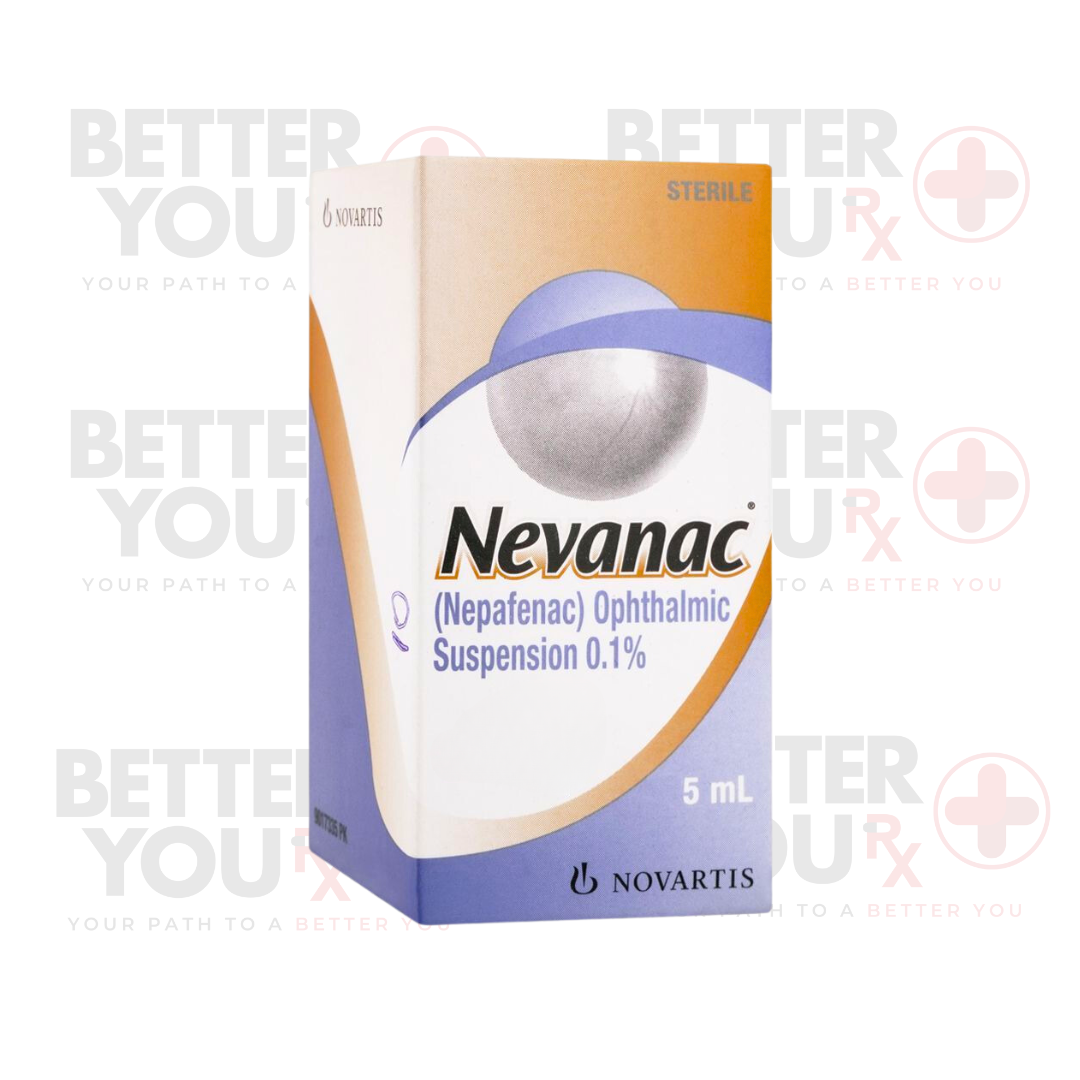


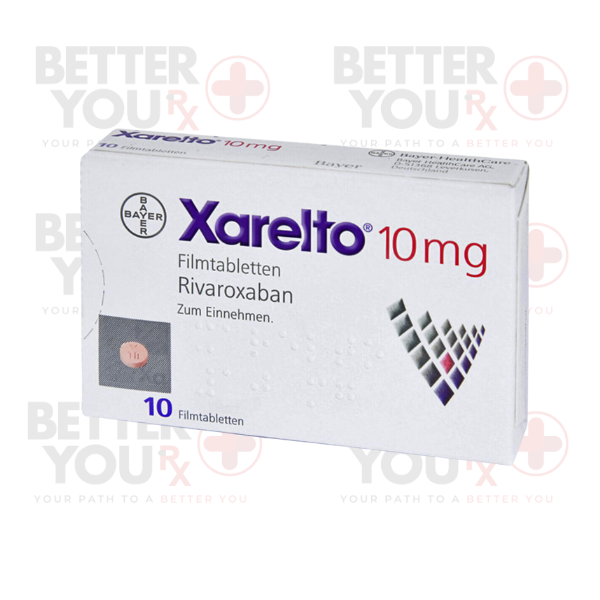
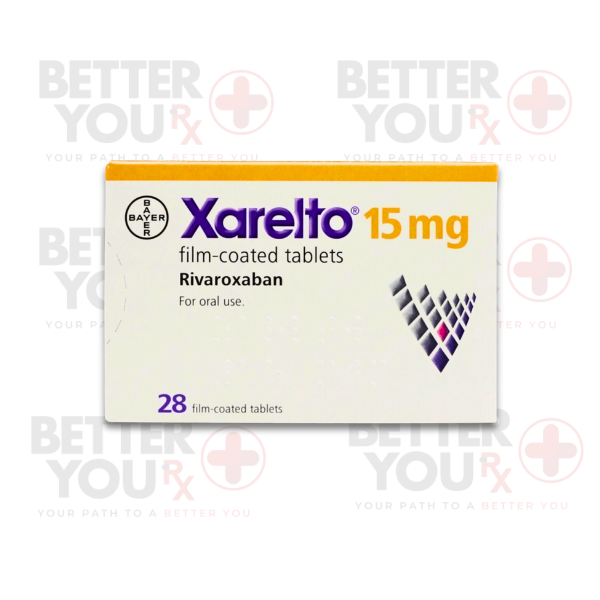
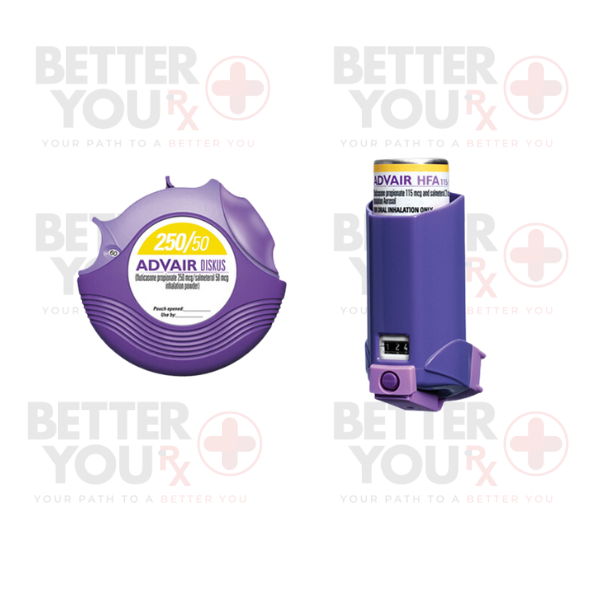
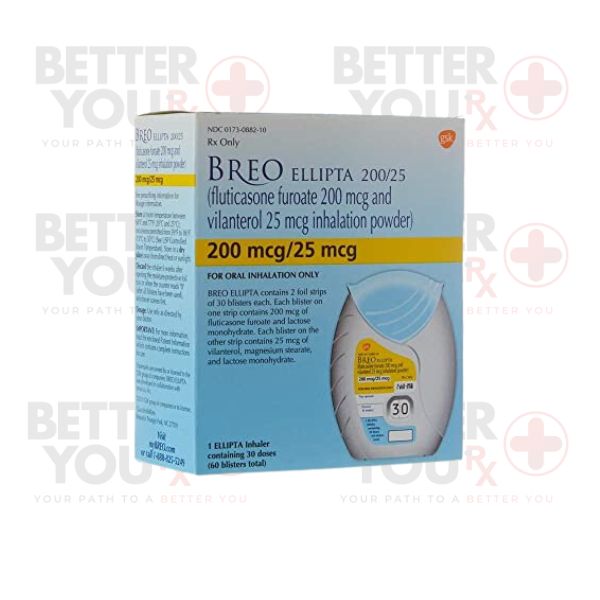
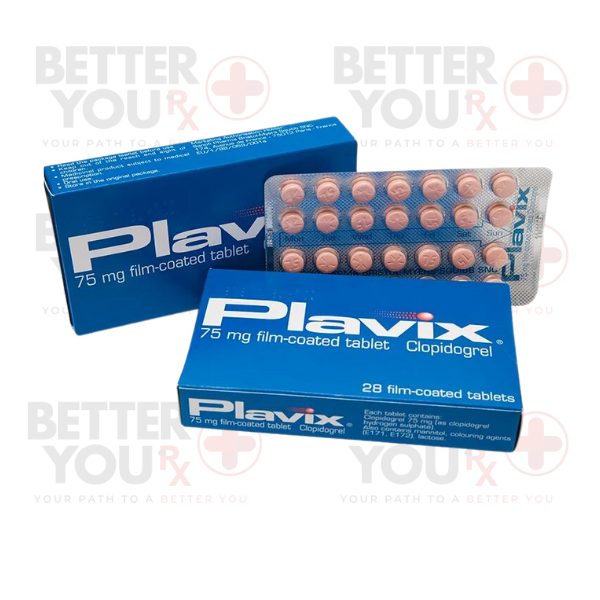
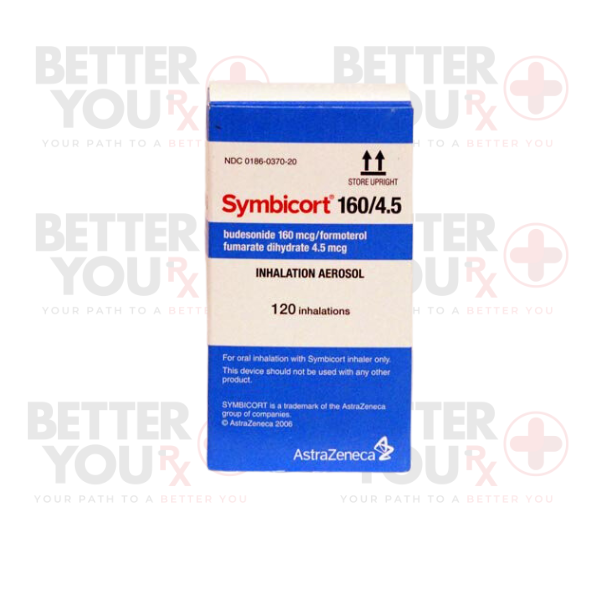
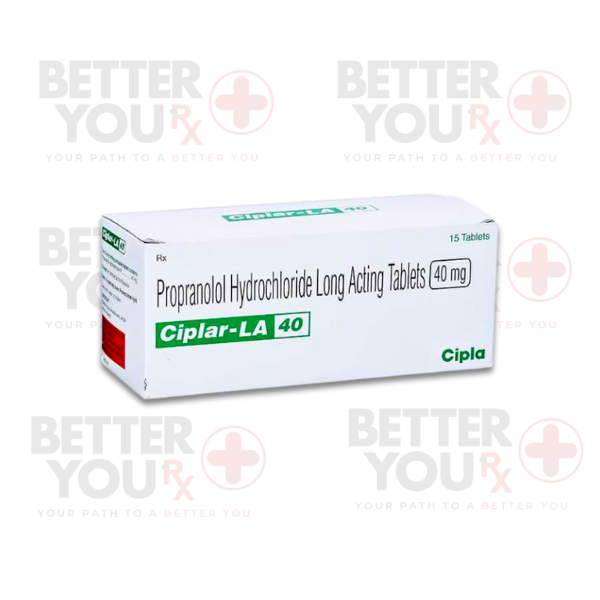
Reviews
There are no reviews yet.